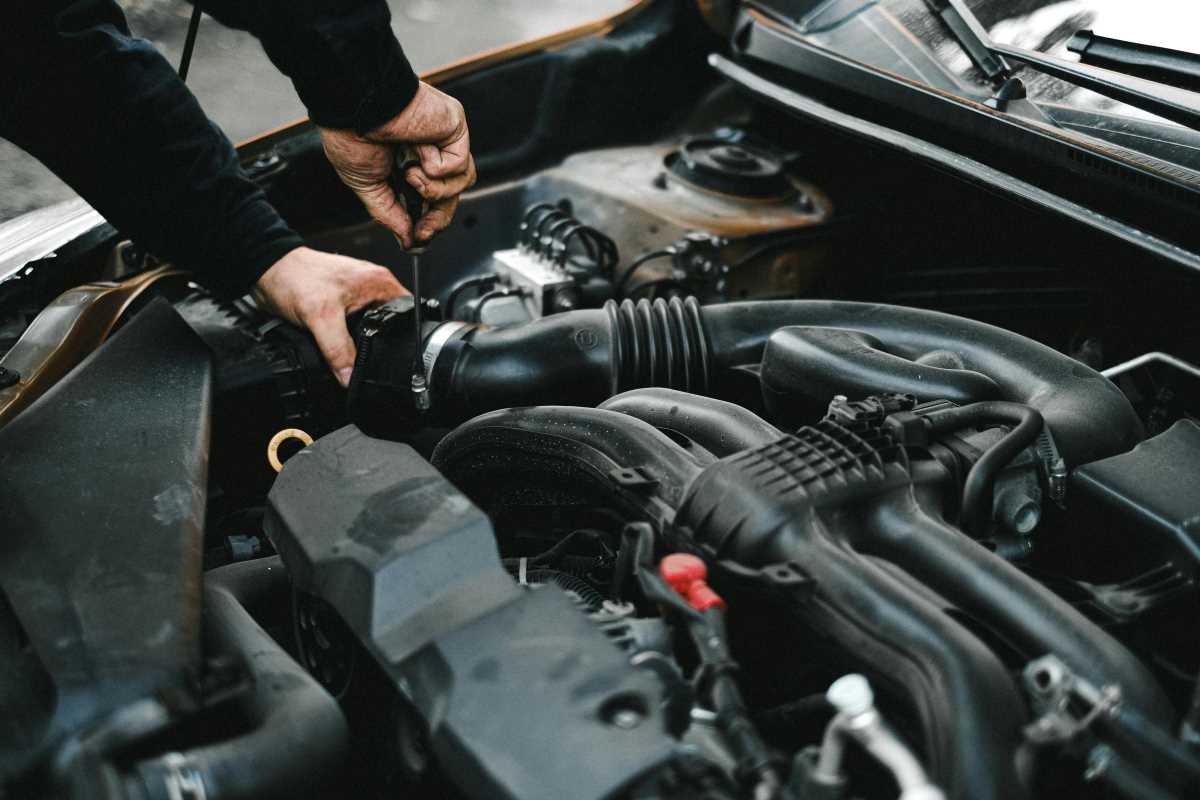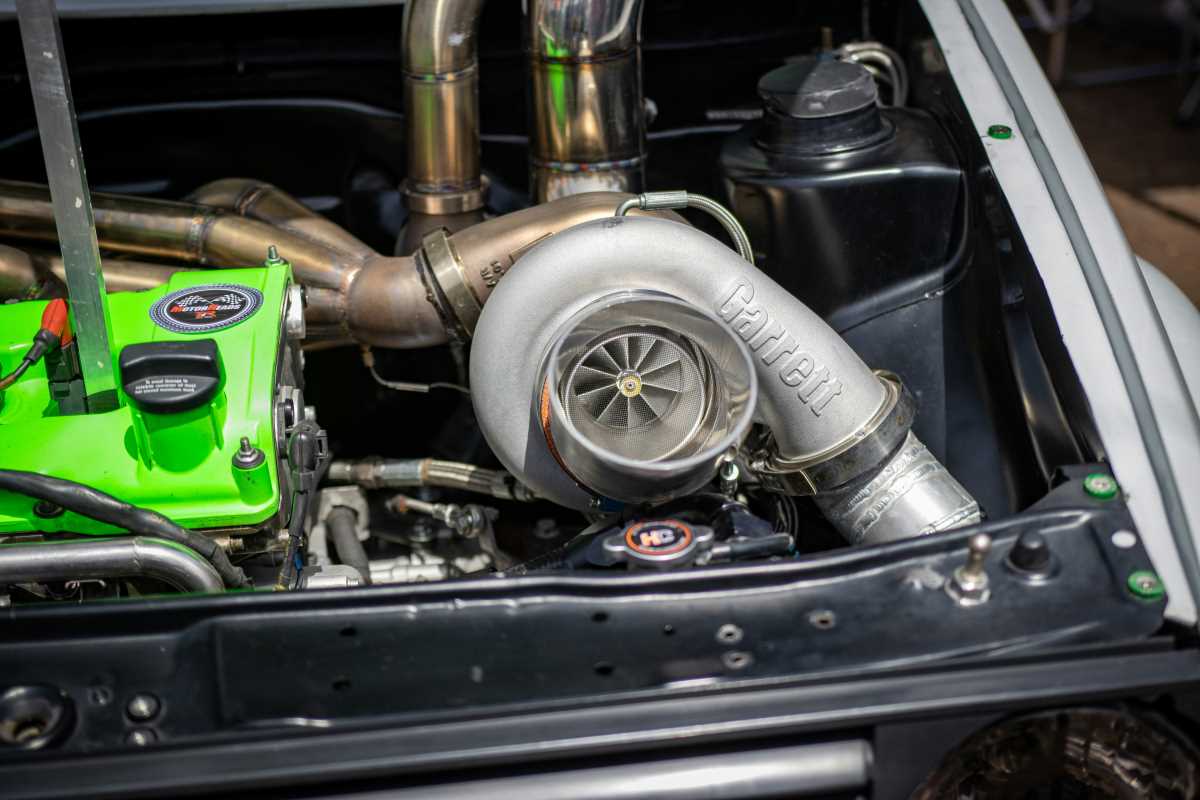Drivers who crave adventure seek vehicles that offer both reliability and robust handling on unpredictable terrain. Upgrading the suspension system of a 4x4 makes a noticeable difference in how the vehicle responds to rough roads, ensuring smoother rides and greater stability. A quality suspension upgrade improves safety by giving the driver more control, especially when tackling steep climbs or rocky paths. With the right components in place, even the toughest trails become less intimidating, allowing for more enjoyable exploration and increased confidence behind the wheel. Every journey becomes an opportunity to experience the outdoors with improved comfort and assurance.
Delving into the mechanics behind these modifications reveals a blend of engineering precision and practical innovation. This guide offers a clear roadmap covering essential aspects of suspension systems, indicators for upgrades, popular modifications, and smart maintenance tips that ensure every ride remains both exhilarating and reliable.
The Essentials of 4x4 Suspension Systems
Modern suspension systems are designed to absorb shocks and maintain control across different terrains. These systems consist of several key components that work in harmony to provide a smooth ride even when the road disappears. By understanding each element, one gains insight into how even minor enhancements can deliver major improvements.
Some of the main types and components of 4x4 suspension systems include:
- Shocks and struts: They are critical for damping and controlling the oscillation of springs.
- Leaf springs and coil springs: They help distribute the vehicle's weight and absorb impacts from uneven ground.
- Control arms and bushings: These parts maintain wheel alignment and absorb vibrations.
- Sway bars: They provide stability during sharp turns by reducing body roll.
Signs You Need a Suspension Upgrade
Noticing changes in your vehicle’s handling or comfort can be the first sign of wear or inadequate performance. Monitoring these symptoms helps you keep your ride safe and efficient. A well-performing suspension system should mitigate harsh terrain impacts without compromising stability.
Here are some common indicators that it might be time for a suspension upgrade:
- Excessive bouncing or a feeling of instability after driving over bumps.
- Visible wear or damage on suspension components such as leaking shocks or frayed bushings.
- Poor handling or sagging on one side when loaded.
- Increased tire wear due to misaligned suspension geometry.
- Difficulty in controlling the vehicle on rough or uneven surfaces.
Top Off-Road 4x4 Suspension Upgrades
Enhancing a 4x4’s capability involves integrating advanced suspension technologies that have been refined for off-road performance. Many upgrades not only improve comfort but also extend the lifespan of your vehicle in severe conditions. Features such as adjustable ride heights, heavy-duty shock absorbers, and robust spring systems are commonly found in top-tier modifications.
Among the popular choices are full lift kits that significantly raise a vehicle’s clearance for challenging terrains, and high-performance shock absorbers engineered to manage extreme impacts. These improvements provide the necessary control and responsiveness, making every off-road venture safer and more enjoyable.
Choosing the Right Suspension Upgrade
Start by practically assessing your daily driving needs and typical trail conditions before selecting an upgrade. Evaluating several factors such as load capacity, terrain type, and driving style helps you identify the most beneficial modifications. Understanding your vehicle’s current setup is equally important when comparing available products.
Consider these tips when choosing an upgrade:
- Determine the primary use: Do you need more clearance for rocky trails, or are you looking for improved stability on uneven terrain?
- Check compatibility with your vehicle’s make and model, ensuring that the upgrade can integrate seamlessly into your existing system.
- Read reviews and consult with experienced off-road enthusiasts to gather insights about specific parts.
- Set a realistic budget, as high-quality components typically offer more durability and better performance.
This methodical approach helps you match the right product to your unique requirements, ensuring that every modification results in tangible benefits on the trail.
Installation Tips and Maintenance
Installing suspension upgrades can be a rewarding project if you approach it with care and precision. Before you start, prepare your workspace and gather all necessary tools and documentation. Whether you perform the installation yourself or hire a professional, understanding the process will improve the outcome and longevity of the modifications.
Follow these practical dos and don’ts for a successful installation:
- Read the manufacturer’s installation manual carefully and follow its guidelines strictly.
- Ensure that the vehicle is securely raised and supported before beginning work.
- Always perform calibration checks after installation; proper alignment can prevent unnecessary wear and tear.
- Pay attention to subtle changes in vehicle performance—periodic checks on the installation may reveal issues before they escalate.
- Remember that regular maintenance checks and cleaning will keep the components at their best, especially when enjoying the benefits of off-road 4x4 suspension upgrades.
Routine inspection and timely replacement of worn parts can extend the life of your suspension system and keep it performing well both on and off the trail.
Smart modifications ensure safer, more controlled rides in challenging outdoor conditions. Make informed decisions and enjoy off-road performance with confidence.
 (Image via
(Image via





